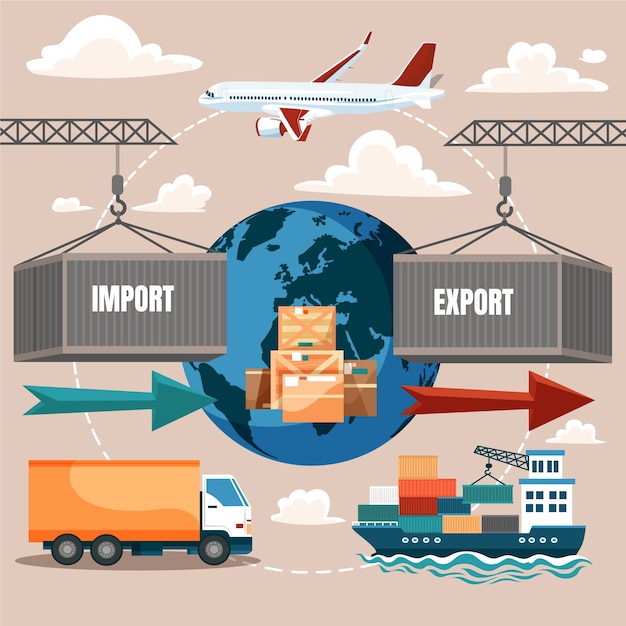
Turkmenistan’s Main Trading Partners
Turkmenistan, located in Central Asia, is a country with significant natural resources, particularly natural gas, oil, and cotton. Its economy relies heavily on these exports, and its trade relations reflect this reliance. Below is an overview of Turkmenistan’s primary trading partners, categorized by imports and exports.
Export Partners
Turkmenistan’s primary exports include natural gas, crude oil, petroleum products, and cotton. Its export partners are mainly countries that depend on energy resources and raw materials.
1. China
China is the largest consumer of Turkmenistan’s natural gas, accounting for a significant portion of its exports. The Turkmenistan–China gas pipeline, part of the Central Asia–China gas network, has solidified this partnership. The trade relations between the two countries are critical for Turkmenistan’s economy as natural gas is the primary export commodity.
2. Russia
Russia has historically been a key partner due to its role in purchasing Turkmen gas and acting as a transit hub for energy exports to Europe. While the relationship has fluctuated over time, Russia continues to be a major importer of Turkmen energy and other products.
3. Turkey
Turkey is another important trading partner, serving as a significant market for Turkmen textiles, cotton, and other products. Additionally, Turkish companies play a vital role in construction and infrastructure development within Turkmenistan, strengthening economic ties.
4. Iran
Turkmenistan shares a border with Iran, facilitating strong trade connections. Iran imports natural gas, petrochemical products, and agricultural goods from Turkmenistan. The relationship is also bolstered by shared energy infrastructure like gas pipelines.
5. European Union (EU)
Several EU countries, including Italy and Germany, are consumers of Turkmen petroleum and textiles. Turkmenistan’s government has been working to diversify its export markets in Europe by investing in transportation routes and energy infrastructure.
—
Import Partners
Turkmenistan imports machinery, vehicles, consumer goods, and industrial equipment necessary for its economy and infrastructure projects. Its import partners include industrialized countries and regional neighbors.
1. China
Besides being a key export partner, China also supplies Turkmenistan with machinery, equipment, and consumer goods. Chinese construction companies are active in Turkmenistan’s infrastructure projects, further strengthening trade ties.
2. Turkey
Turkish products, including food items, construction materials, and consumer goods, are widely imported into Turkmenistan. Turkish companies are deeply involved in Turkmenistan’s development projects, particularly in the construction and textile industries.
3. Russia
Russia is a major supplier of vehicles, industrial equipment, and manufactured goods. The historical connection between Turkmenistan and Russia continues to influence trade flows.
4. United Arab Emirates (UAE)
The UAE serves as a hub for Turkmenistan’s imports of electronics, luxury goods, and construction materials. Trade between the two nations has grown as Turkmenistan seeks to diversify its economic relationships.
5. Kazakhstan
As a neighboring country, Kazakhstan provides agricultural products, machinery, and transportation services. The trade relationship is supported by regional cooperation and shared infrastructure like railways and pipelines.
—
Efforts to Diversify Trade
Turkmenistan has been making efforts to diversify its trading partners to reduce reliance on a few dominant countries. Initiatives like the Turkmenistan-Afghanistan-Pakistan-India (TAPI) gas pipeline and investments in the Caspian Sea’s transportation networks aim to open new markets in South Asia and Europe.
Conclusion
Turkmenistan’s trade relationships are shaped by its vast natural resources and geographical location. China, Russia, Turkey, and Iran dominate as key partners due to their energy needs and geographic proximity. However, Turkmenistan’s focus on diversification indicates a desire to broaden its economic horizons. These efforts could reshape the country’s trade dynamics in the future.




Leave a Reply